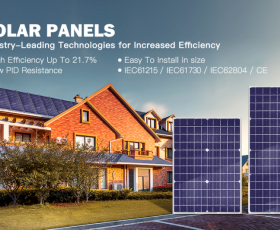When it comes to solar panels, one common question that people often ask is “how many photovoltaic cells are in a solar panel?” This is an important consideration for those looking to invest in solar energy, as the number of photovoltaic cells can directly impact the efficiency and output of the panel.

What are photovoltaic cells?
Photovoltaic cells, also known as solar cells, are the basic building blocks of a solar panel. They are responsible for converting sunlight into electricity, making them a crucial component of any solar energy system. These cells are typically made from semiconductor materials such as silicon, and when sunlight hits the cell, it creates an electric current.How many photovoltaic cells are in a solar panel?
The number of photovoltaic cells in a solar panel can vary depending on the size and capacity of the panel. Generally, a standard residential solar panel contains around 60 photovoltaic cells, although this number can range anywhere from 30 to 96 cells per panel. Larger commercial or utility-scale panels may contain even more cells to generate a higher output of electricity.Factors that impact the number of photovoltaic cells
1. Panel size: Larger panels will typically contain more cells to accommodate the increased surface area for capturing sunlight. 2. Efficiency: High-efficiency cells can produce more electricity with fewer cells, while lower efficiency cells may require more cells to achieve the same output. 3. Power output: Panels designed for higher power output will generally have more cells to generate the necessary electricity.

